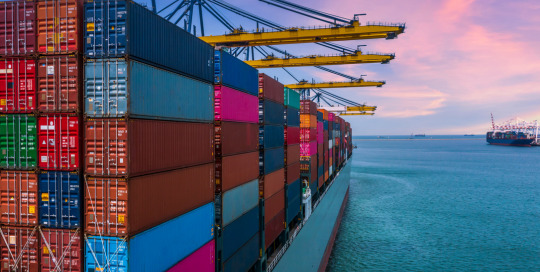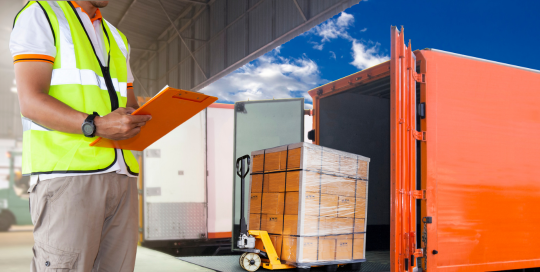This week, the global container fleet is nearing over-capacity due to the resolution of the Red Sea situation, causing market imbalances. Ocean-shipping rates are spiking and delays mounting as vessels detour around the Red Sea amid Houthi rebel attacks. Additionally, extreme weather and new U.S. Customs rules for 2024 are further complicating global trade and supply chains. These developments underscore why shippers need to stay vigilant in navigating these turbulent waters. Read the full articles below for more detailed insights into these pressing issues.
Weekly Freight Report: January 12, 2024
January 12th, 2024

Container Fleet Headed for Over-Capacity After Red Sea Situation Resolves
The size of the global container ship fleet is set to reach a new record level in 2024, threatening a “market imbalance” once the Red Sea situation is resolved.

Importers Face Surging Shipping Costs, Delays as Red Sea Diversions Pile Up
Ocean-shipping rates are rising, and delays are increasing as ships avoid the Red Sea due to Houthi rebel attacks, leading to doubled shipping costs for 40-foot containers since late November.

Shortages 2024: What Supplies are Still at Risk After Years of Disruption?
A Pfizer pharmaceutical factory after a tornado damaged the facility. Increases in extreme weather events with climate change could bring more disruption to product and commodity supplies.

Low-Value Shipments, Export Manifests Among New Rules on CBP Agenda
New 2024 U.S. Customs rules address cargo inspection privacy, U.S.-Mexico Canada Agreement, copyright violations, forced labor imports, and electronic data for low-value shipments.

Brick-Filled Boxes. Bogus Receipts. Retailers Battle Fraudulent Returns
Post-holiday, busy warehouses delay checks, fueling a rise in fraudulent returns. Retailers combat theft, encourage in-store returns for immediate scrutiny.

Red Sea attacks: Retailers Rush to Avoid Delays to Spring Collections
Retailers scramble for alternatives to Suez Canal amid security concerns in Red Sea. BDI Furniture faces delays and higher costs, adapting routes amid fears of prolonged trade disruptions after COVID challenges.




